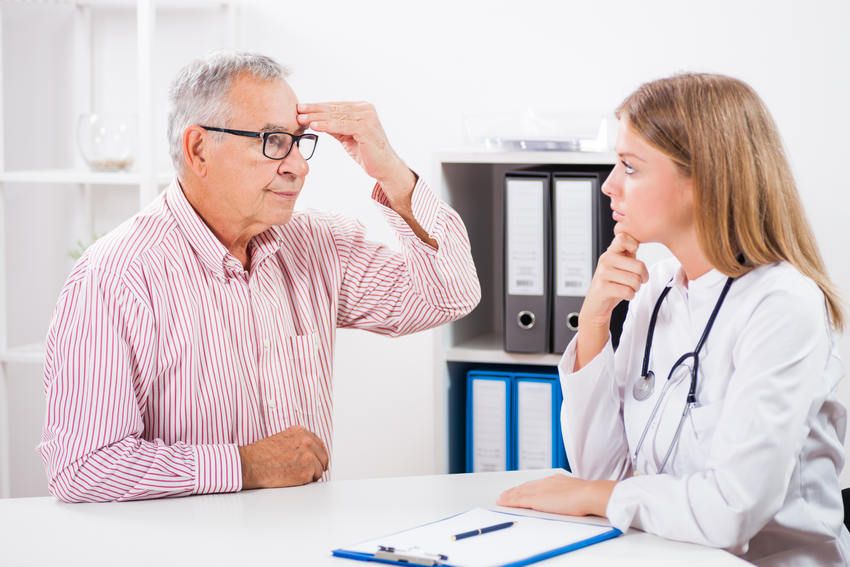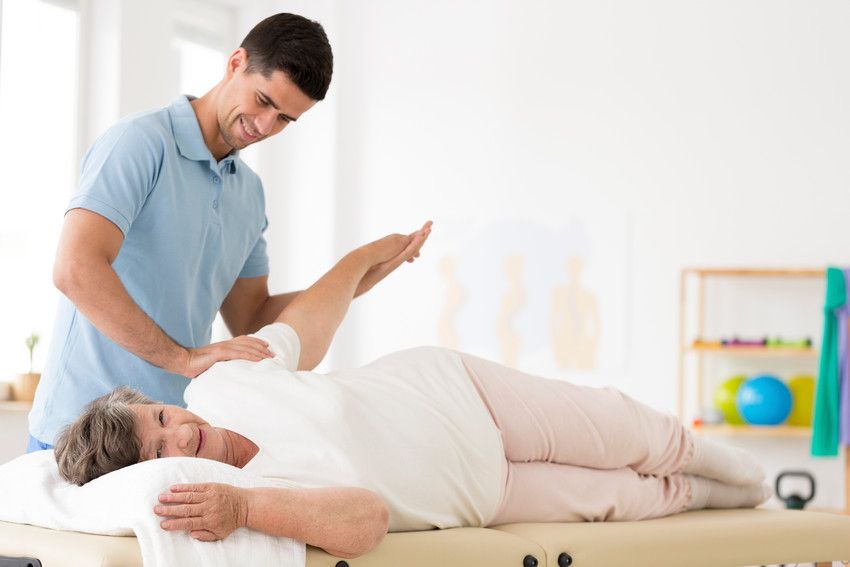Headaches and back pains are amongst the most common complaints of seniors.
As we get older, it’s not uncommon to develop sore muscles or chronic pains in our bodies. But, that doesn’t mean we have to live in misery.
Now a day, there are all sorts of remedies and solutions to alleviate headache and back pain.
The first step in alleviating body pain is identifying what and where it is. Next, is understanding the cause. And lastly, is finding the solution with which to approach the problem.
Here are some questions and answers to steer you on your way to a painless life.
Is it a chronic pain or acute pain?
When identifying head or back pain, you need to recognize whether it is “chronic” or “acute.” Because that’s one of the first questions a doctor will ask you.
Chronic pain can be described as more of a dull sense of pain over an extended period of time. You might be able to function normally with the pain, but it is still there. And it is still irritating.
Acute pain, on the other hand, is a sudden burst of pain. It can be described as sharp or intense. It is a pain that might really make you stop what you’re doing and pay attention to it. But it’s likely not to last long, and certainly not as long as chronic pain.
Being able to categorize your pain as chronic or acute, is a huge step in finding a remedy.
What causes persistent headaches and back pains?
Unfortunately, there is a myriad of items that could cause head pain or back pain. Causes can range anywhere from lack of sleep, poor posture, arthritis, disease, ulcers, and cancer.
We’re not trying to scare you with those last few examples. But we do want you to understand the wide range of causes that can be the triggers of chronic pain.
Are headaches and back pains connected?
When seniors complain of back pain or head pain, they often complain of the other as well.
This observation has led to new scientific research on the subject. Researchers are now suggesting that there is, in fact, a connection between the two pains. Doctors are hoping that the research found may lead to a new and improved remedy- a remedy that targets both pains at once.
The wish is that as one pain lessens, the other will as well.
What can I do to alleviate my headaches and back pain?
It all depends on what the cause of your pain might be.
For chronic headaches, doctors will often prescribe medicinal treatments to alleviate the pain.
For chronic back pain, on the other hand, the solution is often exercise or physical therapy. Back pain is usually associated with weaker muscles, and so strengthening stomach and back muscles is thought to help lessen the pain.
In light of the new studies done, researchers now suspect that exercise and physical therapy intended to target back pain may also help with head pain.


